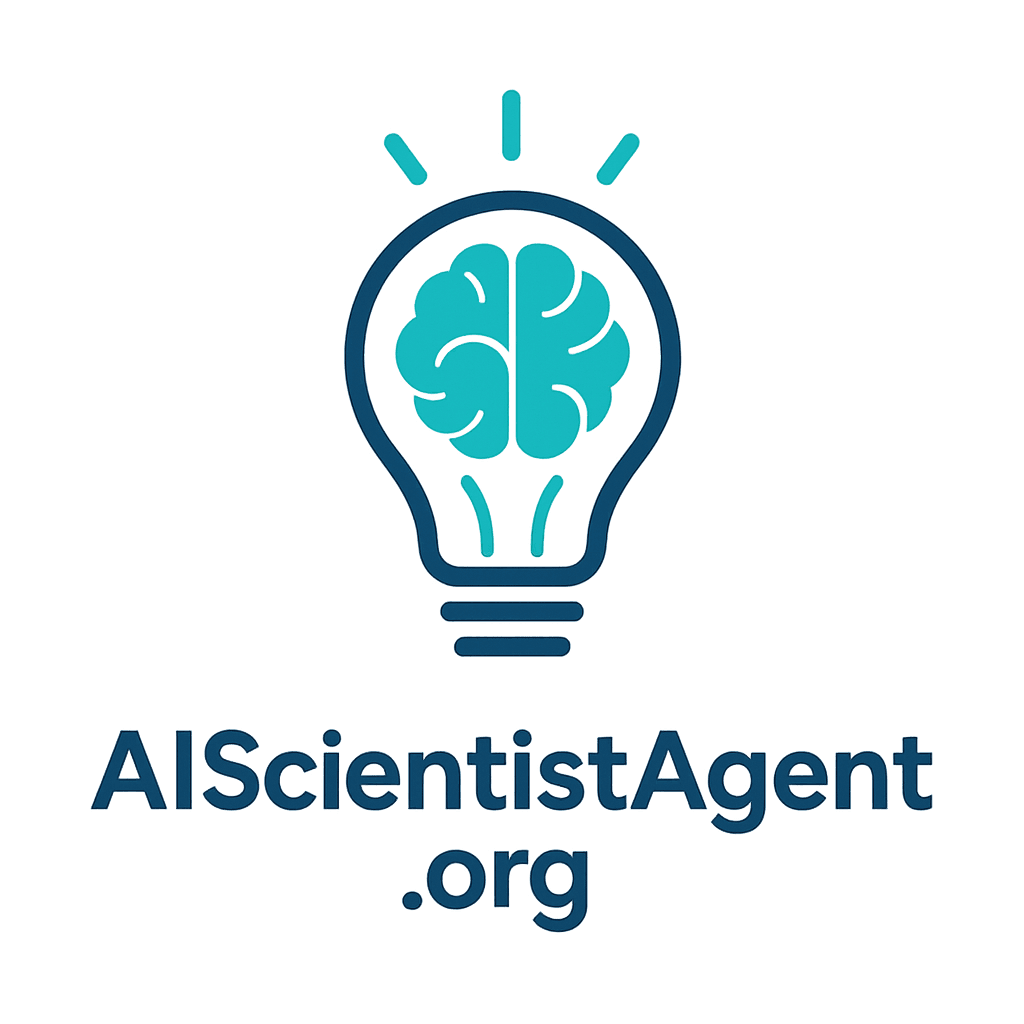Conceptual Framework: Integrating AI Tools into Modern Materials Research for PFAS-Free Plastics
Introduction
Addressing the environmental and health concerns associated with per- and polyfluoroalkyl substances (PFAS) has accelerated research into sustainable, PFAS-free materials. This conceptual framework outlines how modern materials research can effectively integrate advanced artificial intelligence (AI) tools—such as large language models (LLMs), Python-based data analytics, and computational simulation—to discover and develop promising PFAS-free plastic alternatives.
Framework Objective
Demonstrate a structured, AI-integrated research workflow designed to accelerate the identification, analysis, and validation of sustainable polymer candidates that can effectively replace PFAS-containing plastics.
Integrated AI Research Workflow
Phase 1: AI-Enhanced Hypothesis Formulation
AI Tool: Google's AI Co-Scientist (powered by Gemini 2.0)
Process:
Define Clear Research Objectives: Precisely outline the characteristics desired in PFAS-free materials, such as hydrophobicity, thermal stability, and mechanical durability.
Generate Hypotheses: Utilize AI Co-Scientist to conduct literature synthesis, highlighting gaps and proposing novel, scientifically grounded hypotheses about viable polymer alternatives.
Outcome:
A set of well-structured, literature-informed hypotheses. Example: "Bio-based polyhydroxyalkanoates (PHAs) are potential sustainable replacements for PFAS-containing plastics due to comparable hydrophobic and thermal stability properties."
Phase 2: Data-Driven Analysis and Validation
AI Tool: Python with analytical libraries (Pandas, NumPy, SciPy)
Process:
Data Aggregation: Integrate datasets sourced from peer-reviewed articles, industry standards, and materials databases concerning polymer attributes, sustainability metrics, and environmental impacts.
Statistical Validation: Apply robust analytical methods, such as regression analyses and clustering algorithms, to reveal patterns, validate relationships, and quantitatively assess the viability of proposed materials.
Outcome:
Data-supported validation of hypotheses. Example: "Analysis reveals significant correlation between PHA molecular structures and desirable physical properties, reinforcing the suitability of PHAs as PFAS-free alternatives."
Phase 3: Predictive Computational Simulations
AI Tool: Molecular Dynamics (MD) simulations (LAMMPS, Materials Studio)
Process:
Molecular Model Construction: Create detailed molecular-level representations of candidate polymers informed by preceding analytical outcomes.
Simulation and Evaluation: Execute simulations to predict and validate key polymer properties (e.g., hydrophobicity, thermal stability, mechanical robustness) under virtualized environmental conditions.
Outcome:
High-fidelity predictions guiding further experimental research. Example: "Simulations predict that selected PHAs exhibit desirable physical and chemical properties, confirming their theoretical potential as viable PFAS-free alternatives."
Integrated Results and Insights
Hypothesis Reinforcement: AI-generated hypotheses are systematically strengthened through data-driven statistical validation and predictive simulations.
Accelerated Discovery: Integration of AI facilitates rapid identification and preliminary validation of sustainable polymer alternatives, enhancing efficiency and effectiveness in materials discovery.
Implications for Modern Research
The seamless integration of AI tools into materials research provides a structured, scalable, and highly effective framework. This approach enhances the speed and rigor of discovering and validating new sustainable materials, significantly reducing the time from hypothesis to practical application.
Future Research Directions
Empirical Validation: Conduct laboratory-based experiments to verify AI and simulation predictions.
Sustainable Production and Lifecycle Assessment: Evaluate the scalability, economic feasibility, and full environmental impact of potential PFAS-free polymers.
Broader AI Integration: Extend the use of AI methodologies to address broader material sustainability challenges, improving resource efficiency and environmental outcomes across the industry.
Conclusion
This conceptual framework demonstrates a robust approach to integrating advanced AI methodologies into modern materials research, significantly accelerating the discovery and development of sustainable PFAS-free alternatives. The structured combination of AI hypothesis generation, advanced analytics, and simulation offers a powerful pathway toward achieving material innovation and sustainability goals.
